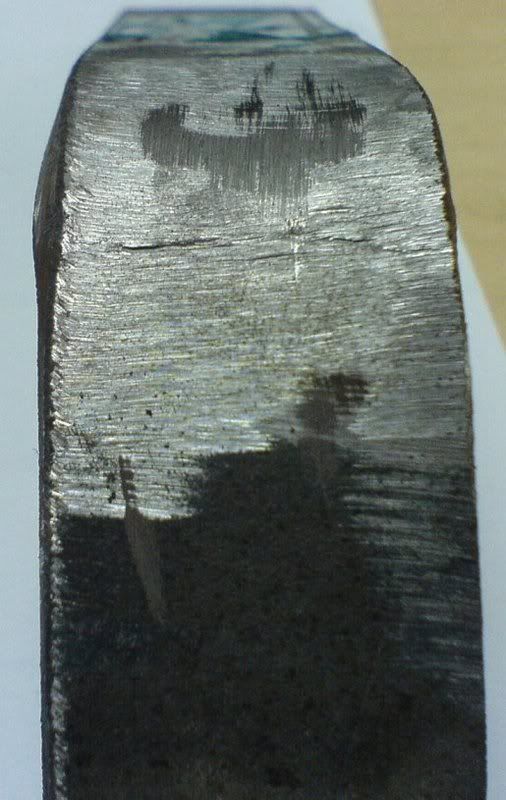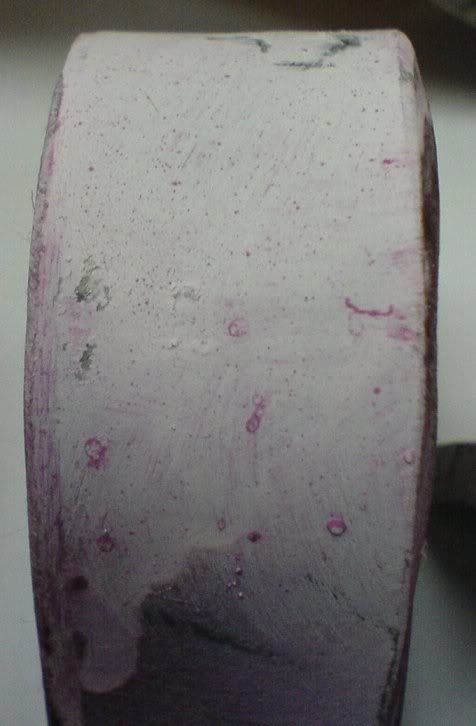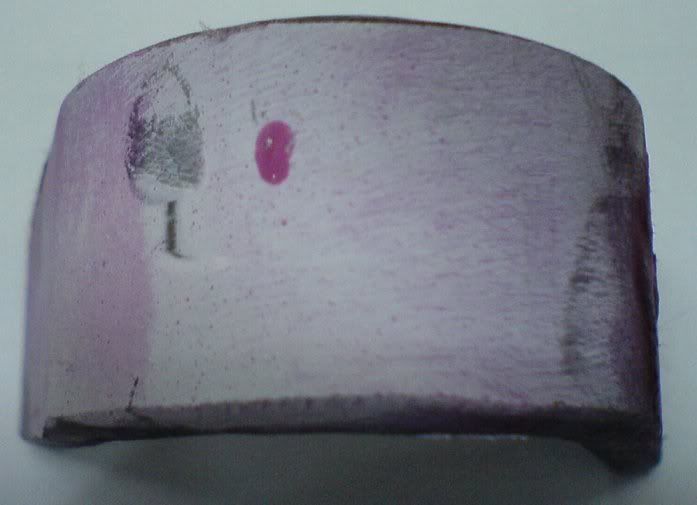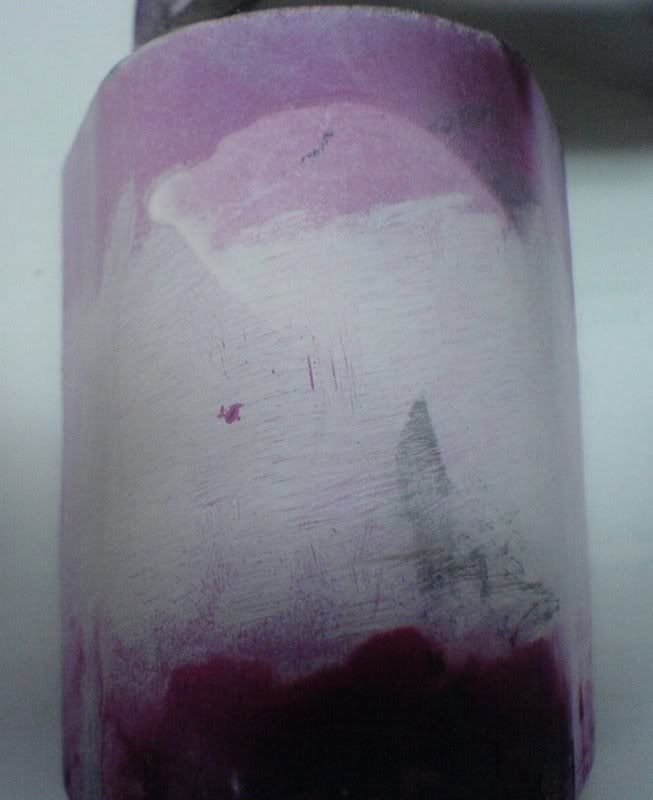
Jeff,
Gentlemen,
firstly I would like to state it explicitly:
I honestly have no personal practical experience in welding such as high tensile strength steels.
Now you might think, what the heck does he want then again? And perhaps you are right and I should better remain silently and observe your discussions on this topic devotional. But allow to say, that this what you all are talking about here is a very interesting - since practical - matter.
And... as you - Jeff - kindly stated in another post (quote): "...hey, we learn something everyday!"
Please know, that I am one of a few persons within the German Welding Society who are having a stringent interest to pursue a reevaluation of terms being used in direct coherence with "heat input" - "energy input" - "thermal energy input"... in particular in combining new or sophisticated welding processes + sophisticated materials. Those people think that this mentioned combination needs new elementary considerations, since the materials are produced by combining metallurgical and thermomechanical measures, their wall thickness is strongly decreased and new processes (e.g. Hybrid-Processes etc.) are sometimes difficult to calculate with regard to their thermal efficiency values.
Due to I have had lots of interesting discussions on this target in the past few months or meanwhile years, respectively.
I have quiet good contacts to some engineers coming from the steel manufacturers side (THYSSEN KRUPP STEEL - TKS).
In the coherence with the efforts running in the field of reevaluation I once had the chance to be part of a discussion with one of the most well-known German engineering experts (one of the "Great" ones) - Mr. Peter Gerster - in the field of High- and Ultra High Strength Steel Welding (in particular crane building and construction).
When we disucssed the influence of "heat input" on the mechanical peoperties of welded High- and Ultra High Strength Steels, he smiled and stated (translated):
"Ladies and Gentlemen, for achieving proper and sound welding joints on these materials I don't need any "heat input" calculated by the well-known formula(e). The only thing I need to obtaining a sound welding joint as well for the most advanced steel grades (> 1200(!) MPa Tensile Strength) is the knowledge of the C-Equivalent of both base- and filler material and - as the crucial point - the t8/5 time!" Hereby I can estimate if the later welded material may make any kind of problems within the joining zone."
Well I do not know if he was right - although he is really well-known as an outstanding expert in this field - but as a result of this statement I asked my contact person at TKS if they - as the steel mill producing those materials - have any special programs for calculating perhaps the C eq and t8/5 time, respectively, for their manufactured steel grades.
And the answer was "Yes!".
He has sent me a CD-ROM at that time containing extraordinary helpful theoretical as also practical information in regard to welding these steels. And additionally a calculation program which makes it possible by inscribing the alloy element values etc. for being able to calculate different things like "C Equivalents", "Preheat-Temperature", "Heat Input" and the "t8/5 time".
Well, due to my initial statement I may be definitely wrong but, when I read the welding parameters "cu-da-xtreme" has stated and in particular the welding speed of 200 mm/min (= 3.33 mm/second) in combination with the base materials wall thickness (2-dimensional heat conduction), I do not know if perhaps the t8/5 time (basing on the statement of Peter Gerster) may be an aspect to be "viewed" a bit closer. If it would be possible anyway to pass on to you the program coming from the Thyssen Krupp Steel CD-ROM you could calculate by using the chemical composition of base- and filler material the usable t8/5 time to control if the heat input by using the mentioned parameters in combination with the welding speed yield the "correct" range for the steels to be welded.
Only a thought...
Best regards to you all,
Stephan




